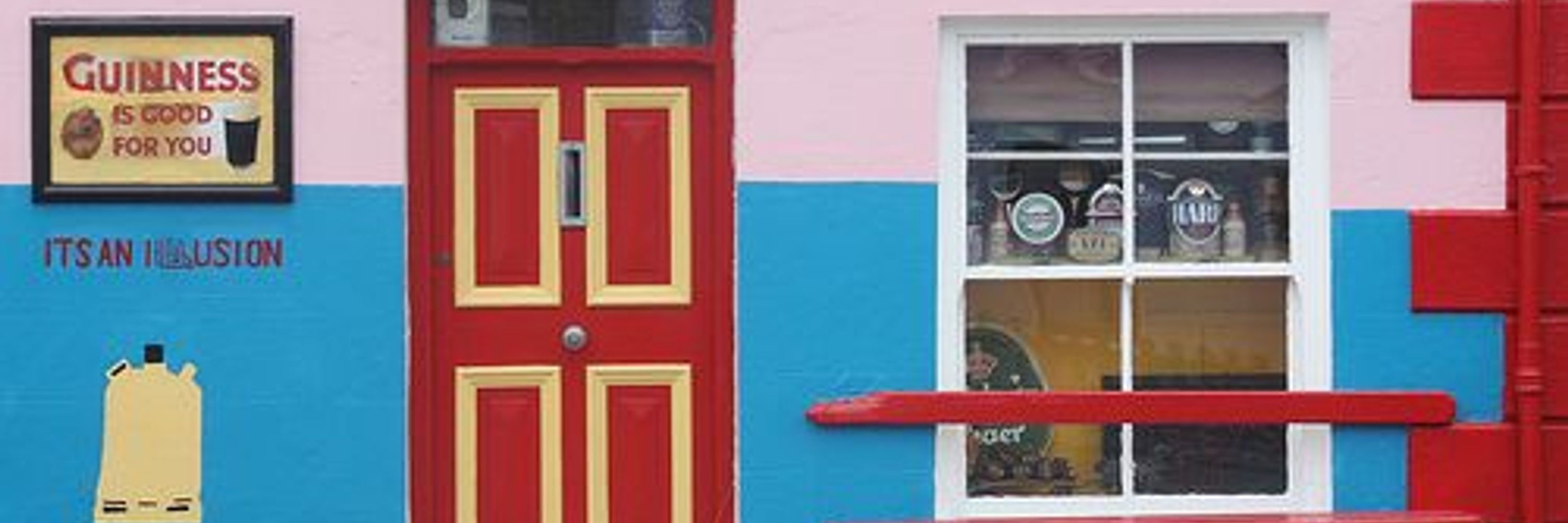
arxiv.org/abs/2503.111....
arxiv.org/abs/2503.111....
But Annascaul, Inch, etc are not "Dingle's" or in Dingle.
You can detect this is a pet peeve!😂
But Annascaul, Inch, etc are not "Dingle's" or in Dingle.
You can detect this is a pet peeve!😂
Annascaul Lake is Annascaul's; not Dingle's 👍
Annascaul Lake is Annascaul's; not Dingle's 👍
Every quotient of Z2*Z3 (free product) in duality is a quantum subgroup of q perm group on five symbols. There are uncountably many of them but countably many graphs.
Every quotient of Z2*Z3 (free product) in duality is a quantum subgroup of q perm group on five symbols. There are uncountably many of them but countably many graphs.
And if a q perm group is the q automorphism group of a graph its classical version must be the classical automorphism group.
So KP is not the q autos of a graph.
And if a q perm group is the q automorphism group of a graph its classical version must be the classical automorphism group.
So KP is not the q autos of a graph.
Banica and I showed some explicit q permutation groups could not be the quantum automorphism group of a finite graph.
Every compact quantum group has a classical version which is a q subgroup of the compact q group.
When a q group acts on a graph so do subgroups.
Banica and I showed some explicit q permutation groups could not be the quantum automorphism group of a finite graph.
Every compact quantum group has a classical version which is a q subgroup of the compact q group.
When a q group acts on a graph so do subgroups.
The obvious suggestion is quantum graphs. People are probably currently trying to prove such a theorem.
The obvious suggestion is quantum graphs. People are probably currently trying to prove such a theorem.
Finite graphs also have quantum automorphism groups but not every quantum permutation group is iso to a quantum automorphism group.
Finite graphs also have quantum automorphism groups but not every quantum permutation group is iso to a quantum automorphism group.

